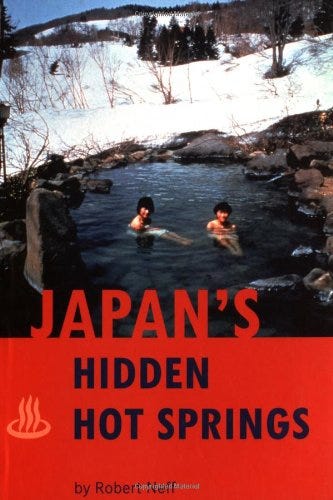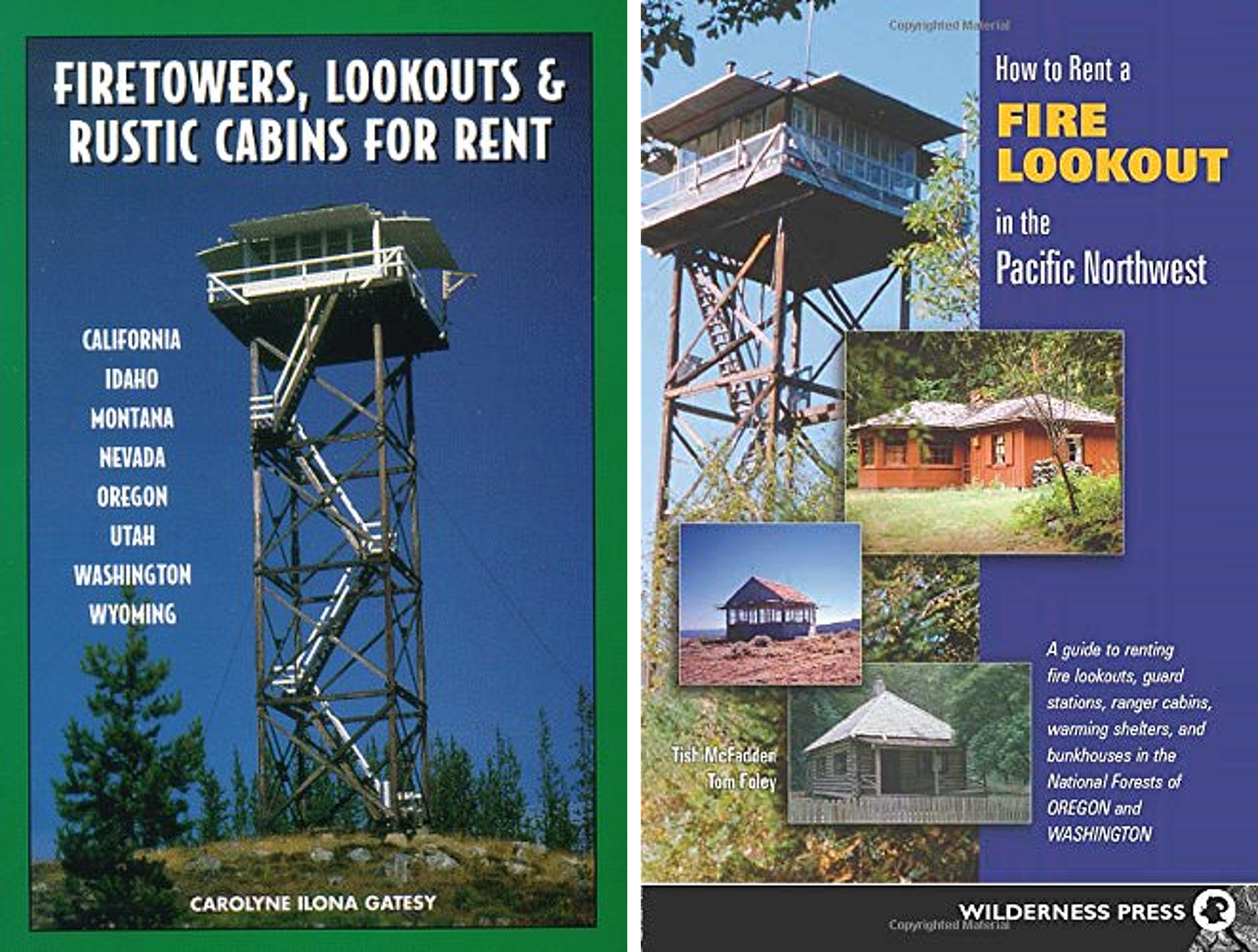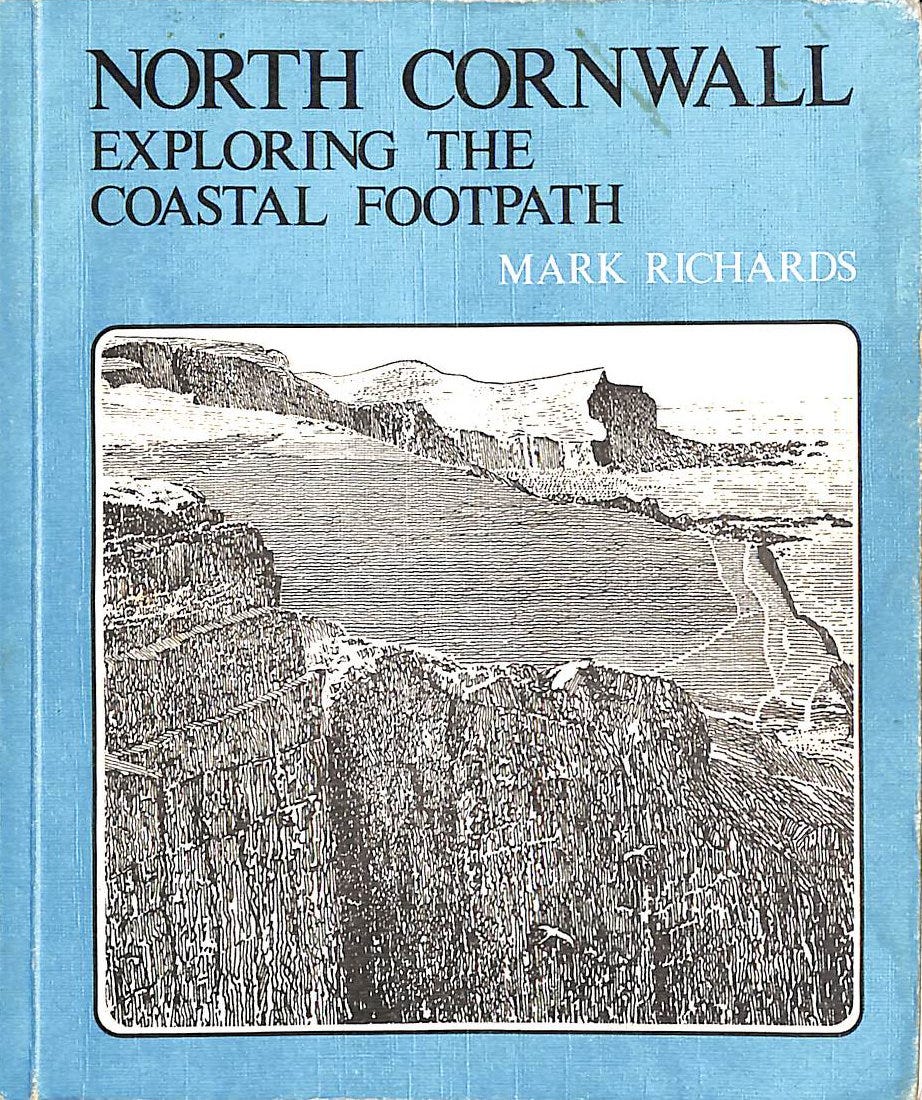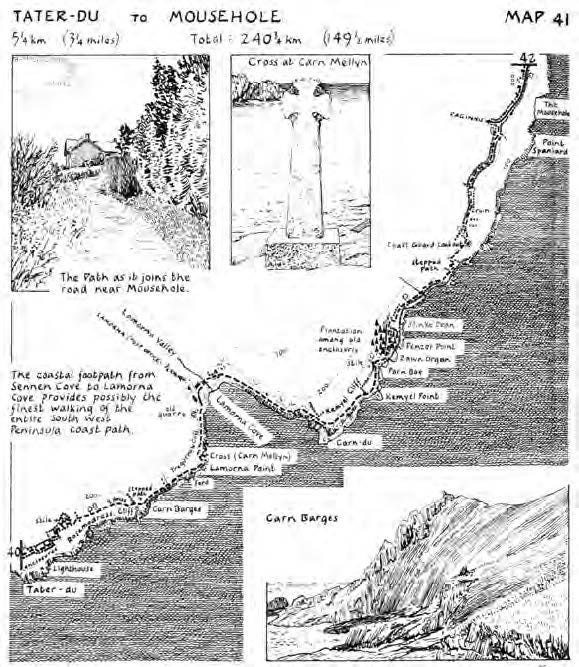Hideouts
Tools for Possibilities: issue no. 60
Once a week we’ll send out a page from Cool Tools: A Catalog of Possibilities. The tools might be outdated or obsolete, and the links to them may or may not work. We present these vintage recommendations as is because the possibilities they inspire are new. Sign up here to get Tools for Possibilities a week early in your inbox.

Essential guidebook to Old Japan
I enjoy Japan because it is so richly Other. Central to Japanese “otherness” is the bath. Like the famous tea ceremony, it’s larger than it seems. The shortest route into traditional Japanese culture is a soak in a very hot bath, preferably in a communal bathhouse, more preferably in an intimate, well-crafted hot spring located in a mossy thatched inn with paper doors and tatami floors at the end of a trail. Problem is this romantic ideal is very hard to locate, especially for foreigners. But they do exist. This wonderfully small, intimate and well-crafted book will guide to you the few remaining really traditional hot springs (onsen) in Japan. Despite this guidebook, you’ll only find Japanese staying there. The author has visited several hundred Japanese onsen (I’ve been to maybe a dozen) and will save you the incredibly depressing experience of winding up in a hideous concrete over-commercialized urban disaster – which is what most of the springs have become. Any one of the chosen here are little-known national treasures worth going way out of your way to soak in overnight and soak up. — KK
- There are better times than others for visiting onsen. Winter is best, since the hot water feels finest against the cold air and the snowscapes are so ethereal. What could be more sublime than sitting in a mountain hot tub at night, sipping sake and conversing with your close ones while gazing at the stars through snowclad branches? Ideally, a bubbling brook is coursing through the snow just next to the bath. Great for a Scandinavian-style plunge if your heart can take it. The next-best season is autumn, followed by spring and summer. Avoid weekends if possible, although that’s when I usually go for lack of other opportunities. And try to take friends. You’ll get a better room and price as a party of four (or more) and have more fun as well.
- No two outdoor baths are the same, of course, but Myogaya’s is uniquely fetching. To get there means negotiating several very steep, covered staircases plunging from the inn to the depths of the Kanomata River gorge. Near the bottom you’ll first encounter the separate men’s and women’s changing rooms. Off to the left, and on about the same level, are several goemonburo, cramped, vat-like tubs that barely accommodate a single bather. They’re named for a legendary figure who was boiled alive in a similar pot.
Descend one more short stairway and you’re at the sexually integrated bath-site. Here you’ll find four sheltered tubs: two smallish but comfortable wooden ones implanted in cement, a larger one of concrete to the back, and a tiny cave-like pool off to the side. All face onto the narrow river, a gurgling mountain streamthat’s just a hop away. Its other side soars almost vertically, clad in thick vegetation. This ranks among the best outdoor bathing we’ve enjoyed anywhere.Somehow, Myogaya’s rotenburo manages to combine a sense of both coziness and spaciousness, solitude and fraternity. Rarely crowded in our experience, the baths can be more or less your own private playground if you time things right. That means when everyone else is having dinner or after 10:00 a.m.

Extremely remote getaways
Firetowers, Lookouts & Rustic Cabins for Rent
The last wilderness romance: a funky old fashion shelter with minimal comfort and maximum views. You can rent these remote cabins for about $25 per day, and sleep 4 or 5 people. The 145 described here are all located in the west. The best are difficult to reach. Most are approachable by 4-wheel drive. All need advance reservations. The little-known details and full getting-there instructions are here.
The above original book is showing its age in terms of prices and numbers. While the structures are the same, an even better book, with current fees, web pages and phone numbers is How to Rent a Fire Lookout in the Pacific Northwest. — KK
- All of the firetowers, lookouts and cabins described in this book are rustic in every sense of the word. They are remotely located, and most lack the conveniences of civilization such as running water, electricity or telephones. The interiors look like they were from the 1950s and the furniture included is generally limited. They contain sparse, serviceable, shabby or rough-hewn furniture of the sort you might throw out, after the Salvation Army had rejected it. However, if you hike or ski in, you will appreciate just sitting down with a roof over your head. The beds are usually plywood, built with a plank on top, and occasionally lacking a mattress. (I recommend bringing an inflatable mattress if none are listed by the district as included with the rental.) Upon making your reservation, be sure to ask for a detailed list of what is available with the rental and what to bring.
- Squaw Peak Lookout
As long as you have four-wheel drive and patience, you can enjoy this scenic cabin in the summer. There is initially a horrendous road of 2.5 miles of ditches and holes, and then an additional 2.5 mile hike into the Lookout, or you can park your vehicle and hike the five miles. Squaw Peak is a one room painted white cabin with a stone base located on a bare peak in the Cabinet Mountains. There is a stone outbuilding next door in the process of being rehabbed. The cabin does have available a propane refrigerator and stove and if you send for information,included are instructions in the operation of both items. There is also a wood stove, and wood is kept in the basement.
Category: Very rustic lookout
Elevation: 6,167
Road condition: Trail access three miles from Highway 200
Availability: All year except July and August; exact dates depend on fire season
Daily use fee: $25 for up to five people
For further information, contact:
Kootenai National Forest
Cabinet Ranger District
HCR2, Box 210
2693 Highway 200
Trout Creek, MT 59874
(406) 847-2462
Berry Creek Guard Station, built in 1934, sits with gorgeous scenic views in the Shell Creek Mountains. The view includes aspen, many tall trees, and lots of mountains. Deer, elk, and sometimes bobcat and coyote may be seen or heard from the cabin boundary. The old cabin has a living room, one bedroom, and propane cook stove and refrigerator, and a propane wall heater. There is indoor plumbing during the warm season, including a shower and toilet.

Ultimate walking
North Cornwall: Exploring the Coastal Footpath
I call your attention to this out-of-print guidebook primarily because of its exquisite hand-drawn maps. It tracks an exquisite part of the world, accessible by foot. A 300-mile footpath winds along the west coast of England, and like most trails in England, it is signed and no-cars the whole way. It cuts along spectacular cliffs, tiny coves, and secluded villages. The path’s landmarks are captured beautifully in this one-of-a-kind field guide. I wish there was a guide like this for every trail in the world. I found its sketches indispensable while I walked the path, but now it serves me as a reminder that for hikers, trekkers, and ramblers, there is no place better for short or long walks than England. I have hiked all over the globe and England’s network of marked and uninterrupted footpaths is the best there is, as suggested by the details in this artful book. Used copies can be found on Amazon UK. — KK







